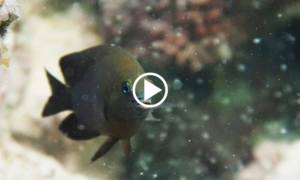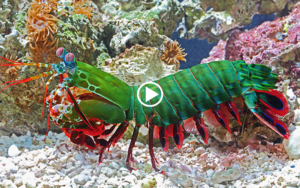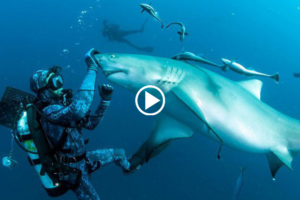Scientists have discovered that the world’s largest sharks have tiny teeth on their eyeballs.
In a study published in the journal PLOS One, researchers at the Okinawa Churashima Research Center in Japan, led by Taketeru Tomita, found tiny teeth on the eyes of whale sharks, an easily noticeable animal with unique mottled skin. .
Whale sharks have eyeballs that protrude from their sockets, a feature that makes them more vulnerable to injury. They do not have eyelids and the only known defense mechanism is that the species can rotate “the whole eyeball in the orbit”.
Due to the limited number of individuals, it is difficult to use traditional methods to study large ocean creatures such as whale sharks. In the latest study, the team used whale shark samples kept in aquariums, as well as dead specimens. They used a range of techniques to examine the morphology of their eye protection and compare it to other shark species. The results show that whale sharks have unique “armored eyes”.
The toothed eyeballs of whale sharks are a new way of protecting the eyes in vertebrates, according to the team. According to these scientists, “the teeth that appear around the eyes are morphologically different from the teeth that appear on the skin distributed over the rest of the body.”
“As far as we know, eye teeth are not found in the shark subclass (sharks and rays), including species closely related to whale sharks,” the determined researchers wrote.
“Teeth in the eye are a unique feature of whale sharks,” the study said. Their findings also show that whale shark eyeballs can rotate and retract, giving them additional protection.
In the past, it was believed that whale sharks relied almost exclusively on sight compared to other senses. However, recent findings suggest otherwise. Scientists say future research should focus on other aspects of vision, including color gamut, visual field and sensitivity.
Strange fish know how to tame shrimp
World’s oldest “grandfather” of whales has died
The owner turns his companion dog into “Lord of the jungle”
Close-up on the rare moment when divers play with the “ocean killer”







